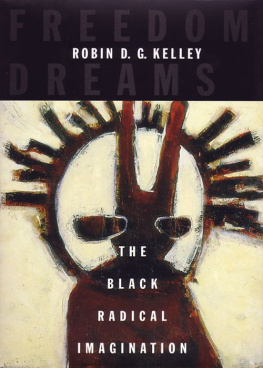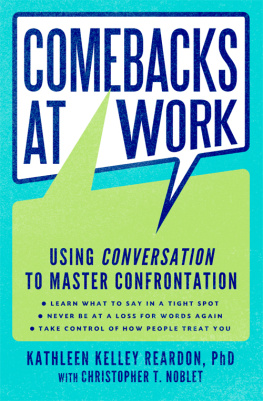One Work is a unique series of books published by Afterall, based at Central Saint Martins in London. Each book presents a single work of art considered in detail by a single author. The focus of the series is on contemporary art and its aim is to provoke debate about significant moments in arts recent development.
Over the course of more than one hundred books, important works will be presented in a meticulous and generous manner by writers who believe passionately in the originality and significance of the works about which they have chosen to write. Each book contains a comprehensive and detailed formal description of the work, followed by a critical mapping of the aesthetic and cultural context in which it was made and has gone on to shape. The changing presentation and reception of the work throughout its existence is also discussed, and each writer stakes a claim on the influence their work has on the making and understanding of other works of art.
The books insist that a single contemporary work of art (in all of its different manifestations), through a unique and radical aesthetic articulation or invention, can affect our understanding of art in general. More than that, these books suggest that a single work of art can literally transform, however modestly, the way we look at and understand the world. In this sense, the One Work series, while by no means exhaustive, will eventually become a veritable library of works of art that have made a difference.
This is a book I could not have written without the help of those who knew Mike Kelley, those who worked with him and those who are committed to a more comprehensive understanding of his work. I am grateful to all who have offered their assistance. My daughter, Carmen Rosenberg-Miller, helped me with a particularly onerous endnote. Janelle Reiring at Metro Pictures made the gallerys records available to me and augmented them with her personal recollections. Thomas Crow, Branden W. Joseph and Howard Singerman read various drafts and generously provided me with insights and opinions. Kim Colin, Michael Cook, Sam Durant, T. Kelly Mason and Dave Muller explained their roles in producing Educational Complex and shared their direct understanding of the work itself. Mary Clare Stevens, who for many years managed Kelleys studio and now serves as Executive Director of the Mike Kelley Foundation for the Arts, not only helped guide my research, but also graciously opened the foundations archives to me. Finally, Nicols Guagnini, Bob Nickas and Aura Rosenberg, as all three so often do, read my work thoroughly and spoke to me at length about it. Their comments and criticisms have been invaluable.
The editors would like to also express their gratitude to the Mike Kelley Foundation for the Arts, Michele OMarah and Mary Clare Stevens for their vital support during this project and their help in providing materials from the artists archive.
John Miller is an artist, a critic and a teacher. He has published three anthologies of criticism: The Price Club: Selected Writings (19771998) (Les Presses du Rel, 2000), When Down Is Up (Revolver, 2001) and The Ruin of Exchange (JRP | Ringier, 2012). His essays have been published in Artforum, Grey Room, October and Texte zur Kunst. Miller has taught at the California Institute of the Arts, Los Angeles; Yale University, New Haven; and Columbia University, New York. Since 2000 he has taught at Barnard Colleges Art History Department in New York, where he currently is Professor of Professional Practice.
Miller met Mike Kelley at CalArts in January 1978. They remained close friends and colleagues until Kelleys death in January 2012.

Mike Kelley,
Educational Complex, 1995,
synthetic polymer, latex,
foam core, fibreglass, wood,
130 488 244cm,
birds-eye view
Photograph: Gran rtegren
One Work Series Editor
Mark Lewis
Afterall Books Editorial Directors
Charles Esche and Mark Lewis
Editor
Caroline Woodley
Managing Editor
Gaia Alessi
Associate Editor
Line Ellegaard
Copy Editor
Deirdre ODwyer
Research Assistant
Damien OConnell
Other titles in the One Work series:
Bas Jan Ader: In Search of the Miraculous
by Jan Verwoert
Hollis Frampton: (nostalgia)
by Rachel Moore
Ilya Kabakov: The Man Who Flew into Space from his Apartment
by Boris Groys
Richard Prince: Untitled (couple)
by Michael Newman
Joan Jonas: I Want to Live in the Country (And Other Romances)
by Susan Morgan
Mary Heilmann: Save the Last Dance for Me
by Terry R. Myers
Marc Camille Chaimowicz: Celebration? Realife
by Tom Holert
Yvonne Rainer: The Mind is a Muscle
by Catherine Wood
Fischli and Weiss: The Way Things Go
by Jeremy Millar
Andy Warhol: Blow Job
by Peter Gidal
Alighiero e Boetti: Mappa
by Luca Cerizza
Chris Marker: La Jete
by Janet Harbord
Hanne Darboven: Cultural History 18801983
by Dan Adler
Michael Snow: Wavelength
by Elizabeth Legge
Sarah Lucas: Au Naturel
by Amna Malik
Richard Long: A Line Made by Walking
by Dieter Roelstraete
Marcel Duchamp: tant donns
by Julian Jason Haladyn
General Idea: Imagevirus
by Gregg Bordowitz
Dara Birnbaum: Technology/Transformation: Wonder Woman
by T.J. Demos
Gordon Matta-Clark: Conical Intersect
by Bruce Jenkins
Jeff Wall: Picture for Women
by David Campany
Jeff Koons: One Ball Total Equilibrium Tank
by Michael Archer
Richard Hamilton: Swingeing London 67 (f)
by Andrew Wilson
Martha Rosler: The Bowery in two inadequate descriptive systems
by Steve Edwards
Dan Graham: Rock My Religion
by Kodwo Eshun
Yayoi Kusama: Infinity Mirror Room Phallis Field
by Jo Applin
Michael Asher: Kunsthalle Bern, 1992
by Anne Rorimer
Hlio Oiticica and Neville DAlmeida: Block-Experiments in Cosmococa program in progress
by Sabeth Buchmann and Max Jorge Hinderer Cruz
Sanja Ivekovi: Triangle
by Ruth Noack
Rodney Graham: Phonokinetoscope
by Shepherd Steiner
Lee Lozano: Dropout Piece
by Sarah Lehrer-Graiwer
Philip Guston: The Studio
by Craig Burnett
Thomas Hirschhorn: Deleuze Monument
by Anna Dezeuze
1. The Making of Educational Complex
One persons utopia can be anothers nightmare. Ever since Thomas More coined the term from the Greek roots ou (not) and topos (place) as the title of his novel of 1516, it has carried contradictory yet overlapping meanings: that of a no place and that of a perfect place. This contradiction implies that perfection can only ever be imaginary. Platos Republic (c.360 BCE) is the first written example of what now may be considered a utopian scheme. Plato proposed dividing society into a set structure, from lowest to highest, of iron, bronze, silver and gold social classes. At the top, the gold citizens were to enrol in an extended educational programme that ultimately would yield enlightened leaders. Plato saw education as the basis of social hierarchy.
Next page
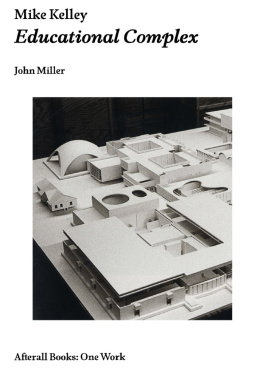



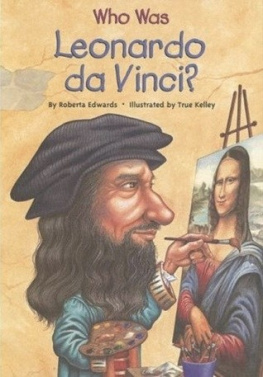

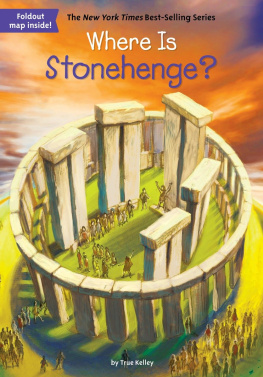
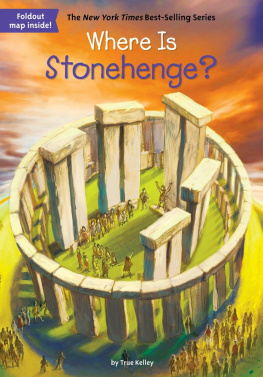
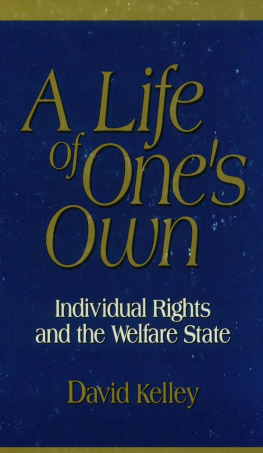
![W. Michael Kelley [W. Michael Kelley] - Calculus I](/uploads/posts/book/119087/thumbs/w-michael-kelley-w-michael-kelley-calculus-i.jpg)
